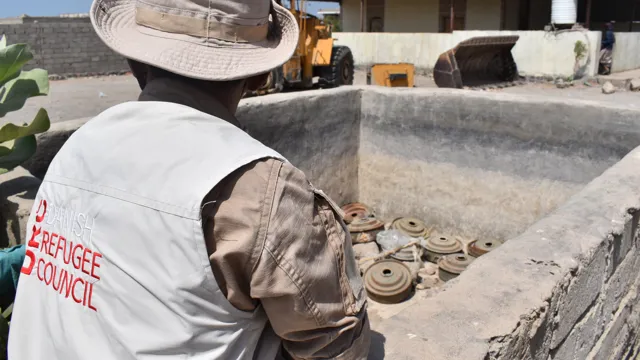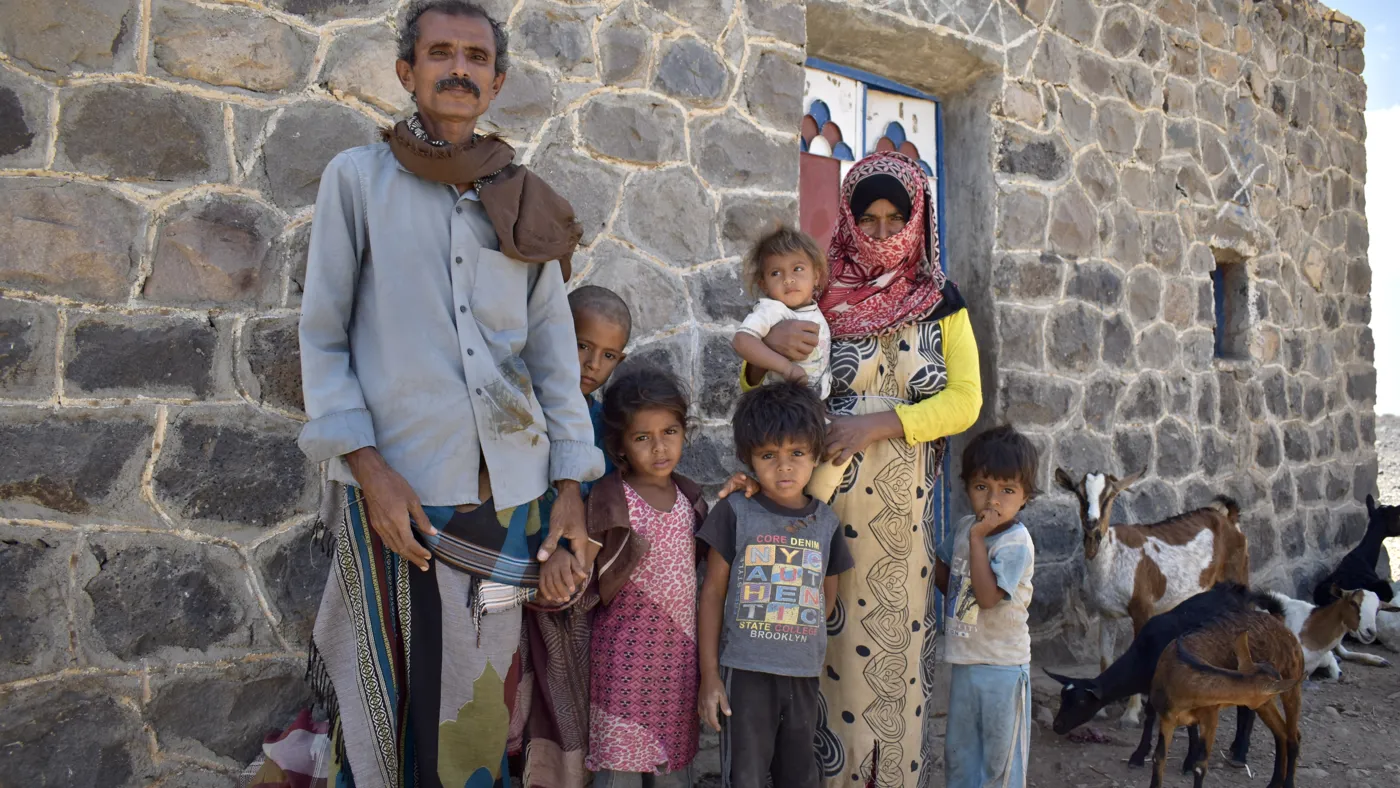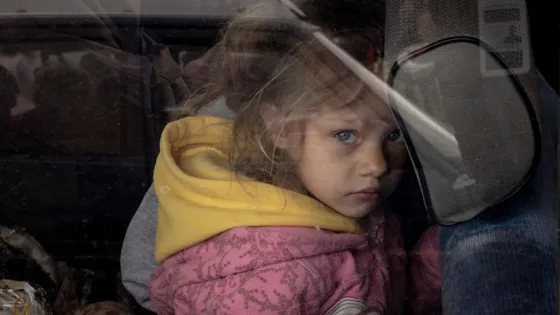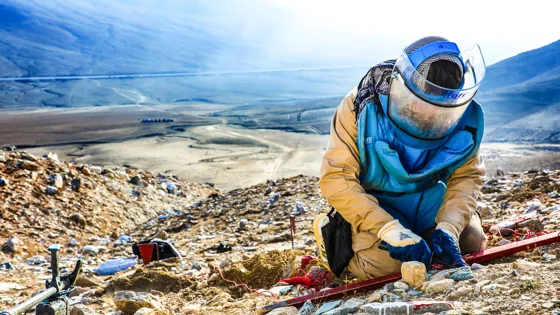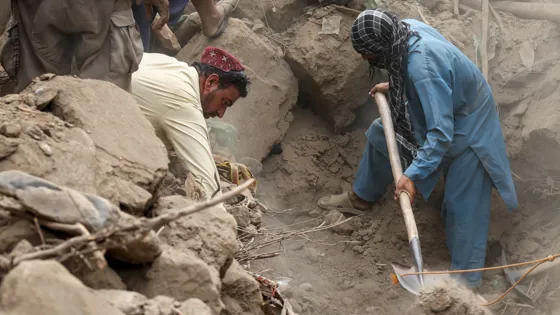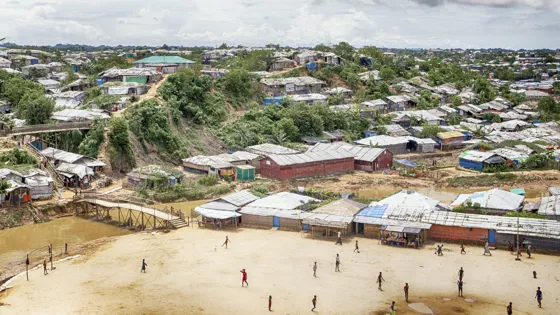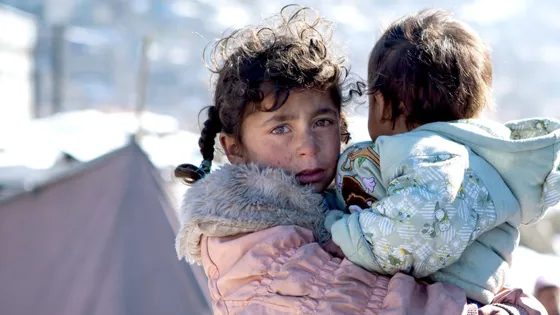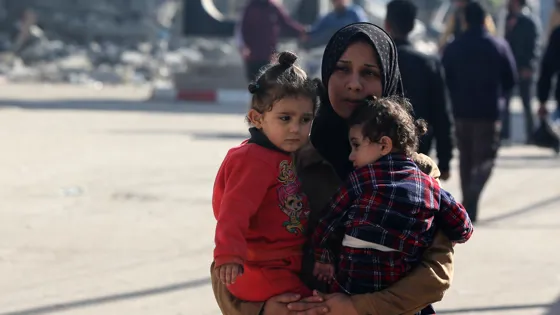
Land contaminated with mines
We are all too familiar with images of conflict on our TV screens. For those who have lived or are living in war zones, there is a less reported but significant and widespread risk that leads to a threat of death, serious injury and long-term disabilities, and will remain an enduring obstacle to socio-economic and environmental recovery of affected communities for years to come: that of landmines or other unexploded ordnances.
Across the Middle East, the conflicts in Iraq, Syria, and Yemen have resulted in some of the highest levels of contamination (the prevalence of these items) in the world. In Iraq, almost 1,800km2 of land is contaminated and since 2017, just under 40,000 casualties linked to landmines or other explosive ordnances have been reported.
In Yemen and Syria, schools are surrounded by explosive ordnances, resulting in children facing huge risks just to get to school, or missing school completely. It can also mean that schools damaged by conflict are not rebuilt. Wells are filled with landmines limiting access to water, and farmers’ fields filled with landmines prevent people living in these communities from earning a living.
In 2020 in Yemen, 129 civilians lost their lives when a landmine or other ordnance exploded. In 2021, there were 338 civilian casualties and contamination was the leading cause of child casualty across the country, even with an increase in the conflict towards the end of the year. According to UNICEF, in 2021 in Syria, 900 children were killed or injured and left with lifelong disabilities. Landmines or unexploded ordnance were the leading cause.


